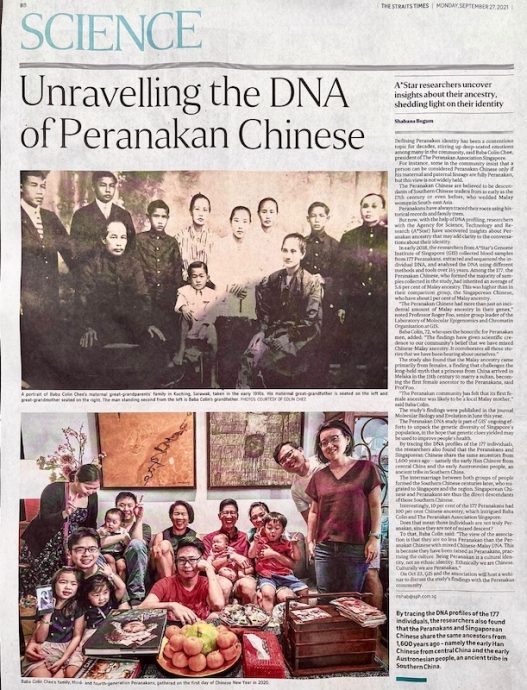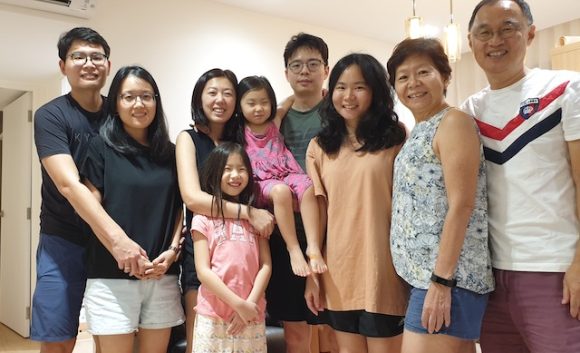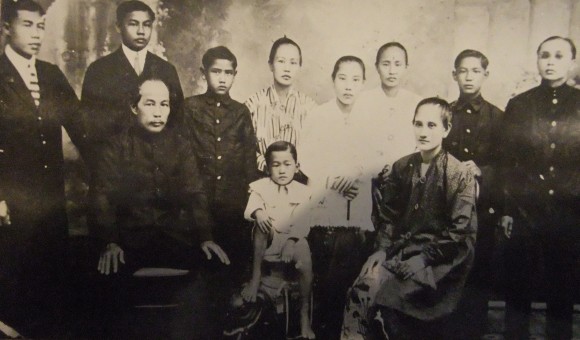This news article came out in the Straits Times Science section on Monday: “Unravelling the DNA of Peranakan Chinese”. I wanted to blog about it since my maternal grandparents, my siblings’ and my children and grandchildren were in the featured pictures of the article. It was a shot taken during the traditional Chinese New Year visit to my eldest brother’s home. We took a family photo on most years.
However, I was overtaken by things to do. Funny thing about retirement: I keep thinking I have lots of time, but it usually turns out differently. I hiked Mandai forest on Monday, fasted and prayed on Tuesday, tried my hand at pickle ball on Wednesday, had some zoom meetings, and one evening I had an urging to paint my master bedroom. The ceiling of my 22 years home was original paint, and the walls have been painted twice in that period. It definitely needed a fresh coat. On Wednesday night I told my wife, I wanted to paint the master bedroom and I needed her help. She was a great support and helpmeet. By Friday noon, it was all done. Praise the Lord! I know this is in answer to prayer. This poor man cried to the Lord and the Lord enabled me to get it done. One of my retirement TO DO list is 70% done. What is left is the living/dining area. Lord, help!
I finally have time to cycle down to Jurong Lake with an overcast sky and cool morning breeze. I relish such alone moments to break away from home and be under God’s open sky, riding at a leisurely pace and observing people and flora and feeling the breeze against my face, and then to buy ayam penyet home.
After a pleasant lunch, coffee and a bath, I finally settled into my room. I listened to sacred music, gave thanks for the satisfaction of finishing the painting, and listened to audio scriptures Numbers 3, 4. It was about the Levites and the work God has called them to do: to provide logistical support whenever the tabernacle had to be moved. I noticed the Levites had a short span of twenty years of logistical role(from age 30 to 50). This is heavy duty work, and this shows God cares about his servants. Their role would change after their “retirement”. I felt grateful as I reflected on God’s call on my life. Like the Levites, it was a call, and I responded with a Yes. Now that my role has ended, my call to teach God’s word remains the same. The role and form the ministry takes will be reshaped in the years to come. Even the platforms used will be changed. I feel thankful and excited and with some jitters about new online platforms I feel inclined towards. I fear I am rambling and I digress too much. More on this some other time.
What I wish to point out is that I had actually written something about the research results of the DNA of Peranakan Chinese on 2nd August 2021. If you wish to read the full blogpost, Scientific Proof of My Maternal Lineage. I pray that you keep yourself in the love of God, and stay safe and live free of fear of bad news. “He is not afraid of bad news; his heart is firm, trusting in the Lord. (Psalm 112:7)


